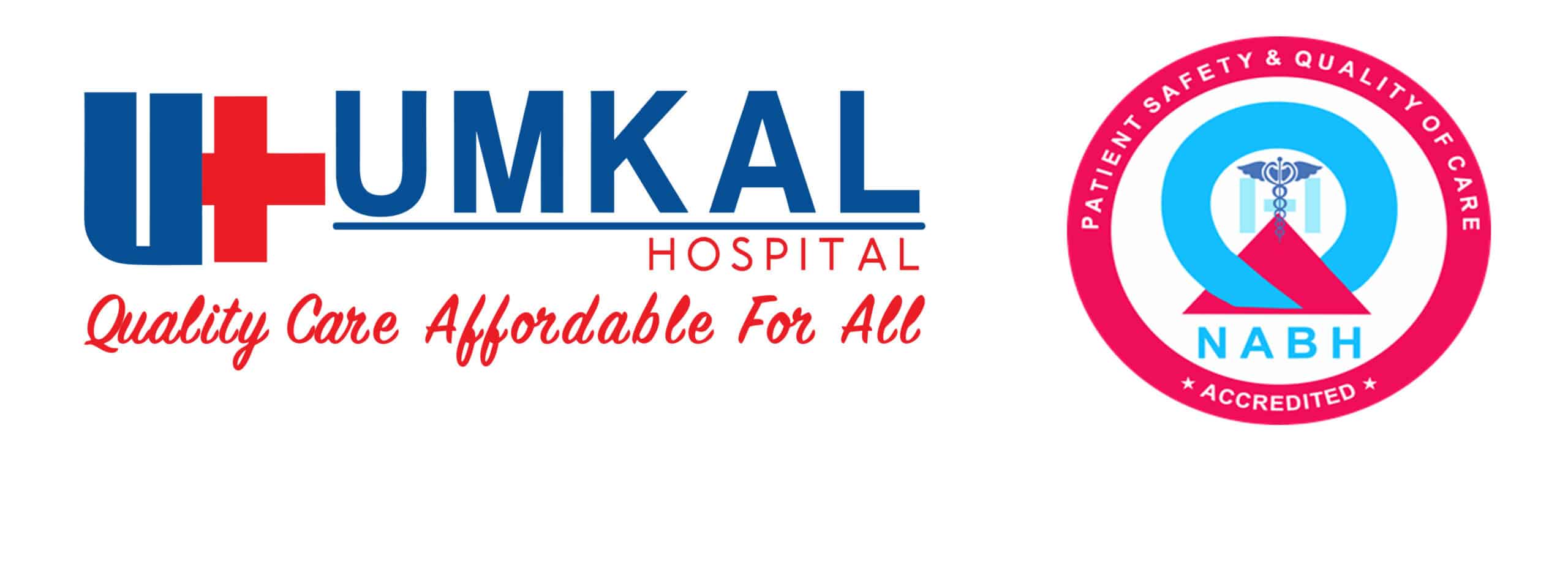- General Information
- Procedure Performed
The cardiology department of Umkal Hospital was established in 1996 and is considered one of the most respected and trustworthy cardiology Department and was first hospital to provide cutting edge treatment for cardiology in Gurgaon. The department stands on its Pillars of Quality, Trust and Affordability The department of Cardiology at Umkal Hospitalprovides the best of services in terms of accurate diagnosis and professional treatment with experienced professionals. The aim of the cardiology department is to facilitate right & qualitative care to the patients tosuffering with cardiac diseases to ensure better quality of life.
Umkal, the best cardiac treatment hospital in Gurgaon have cardiac care facilities starting from basic intensive care to highly skilled cardiac interventions, non- invasive investigations including congenital heart disease, at affordable price.
What we treat in the Hospital:
- Coronary Artery Disease
- Rheumatic Fever
- Hypertension
- Heart Attack
- Heart Failure/Weak Heart
- Post CABG patients
- Arrthymias /irregular Heart Beat
- Cardiomyopathy
- Abnormal Heart Rhythm
- Ischemic Heard Disease
- Heart Blocks
Non Invasive Cardiology
Non-invasive cardiology at Umkal focus on the detection and treatment of heart disease, using external tests to evaluate and diagnose cardiac disorders. Patients with a history of Hypertension, Chronicheart disease, Chest pain, High cholesterol suspected valve disease or Rheumatic Heart Disease are referred for a non-invasive evaluation.
We provide wide range of diagnostic cardiology procedures such as:
- Electrocardiogram (ECG)
- Echocardiography
- Blood Pressure Monitoring
- 2D / 3D Echo, Color Doppler
- Head Up Tilt Test
- readmill Test
- Stress Echocardiography
- Holter monitoring
- Vascular Doppler
Echocardiography
The usage of ultrasound waves to create image of the heart and surrounding structure in order to identify how well the heart pumps blood, infections, and structural abnormalities.
It is the major noninvasive diagnostic tool for real-time imaging of cardiac structure and functioning. 3D echocardiographic imaging to overcome many of the limitations of two-dimensional (2D) echocardiography has been fully recognized. Head Up Tilt Test: The head-up tilt table test is a way to find the cause of fainting spells. When the patient lies on a bed andis tilted at different angles (from 30 to 60 degrees) and machine monitorsthe blood pressure, electrical impulses of the heart, and oxygen level. It’s done in a special room called the EP (electrophysiology) lab.
Stress tests
Stress testing usually involves exercise which is monitored by the cardiologist. These exercises provide information about how the heart is performing under physical stress.
Heart monitors
A Holter monitor is a battery-operated portable device that measures and records your heart’s activity (ECG) continuously for 24 to 48 hours or longer depending on the type of monitoring used.
An abnormal heart rhythms and cardiac symptoms may come and go. And to evaluate heartbeat over time a Holter monitors irregular heartbeats called Arrthymias.
Anti Pro BNP:
B-type natriuretic peptide (BNP) is substances that produce in the heart and release when the heart is stretched and working hard to pump blood. BNP was initially called brain natriuretic peptide because it was first found in brain tissue (and to distinguish it from a similar protein made in the atria, or upper chambers, of the heart, termed ANP). BNP is actually produced primarily by the left ventricle of the heart (the heart’s main pumping chamber). It is associated with blood volume and pressure and with the work that the heart must do in pumping blood throughout the body.
Inotropic Support for Heart Failure Cardiogenic
Inotropes are indicated in acute conditions where there is low cardiac output (CO), such as cardiogenic shock following myocardial infarction, acute decompensated heart failure and low CO states after cardiac surgery. Inotropes increase CO, thereby increasing MAP and maintaining perfusion to vital organs and tissues. Inotropes increase CO by increasing both SV (stroke volume) andHR (heart rate). In the failing heart, SV can only increase to a certain level before the cardiac muscle fibers become overstretched and CO will start to drop.
CO = HRXSV
CRT:
A biventricular pacemaker sends timed electrical impulses to both of the heart’s lower chambers (the left and right ventricles) so that they pump in a more efficient, coordinated manner.
People with heart failure have problems with their heart’s electrical system that cause their already-weak heart muscle to beat in an uncoordinated fashion. This inefficient muscle contraction may cause heart failure to worsen. Often a biventricular pacemaker is combined with an ICD for people with heart failure.

Health Check Program

Master Health Check
- View Details
Rs. 2200
Rs. 1800
You Save:20%
Details
Consultations
Cardiologist
General Examination
Height, Weight, BP, Pulse, BMI
Comprehensive Blood Markers
Haemoglobin, RBC, PVC, MCHC, MCV, MCH, Platelet Count, Peripheral Smear, Total WBC/Differential Count, ESR
Heart Markers
Cholestrol, LDL, HDL, Serum Trigycerides, Total Cholestrol/HDL Ratio, VLDL, LDL/HDL RATIO
Diabestes Markers
Blood Sugar Fasting, HbA1c
Kidney Markers
Blood Urea, Serum Creatinine, Serum Uric Acid
Liver Markers
Total Protein, Albumin, Globulin, SGOT, SGPT, Alkaline Phasphatase, AG Ratio, Bilirubin, Serum Bilirubin Total, Serum Bilirubin Direct, Serum Bilirubin Indirect
Diagnostics
ECG, TMT, Echo

Dr. Umesh Gupta
Cardiology


